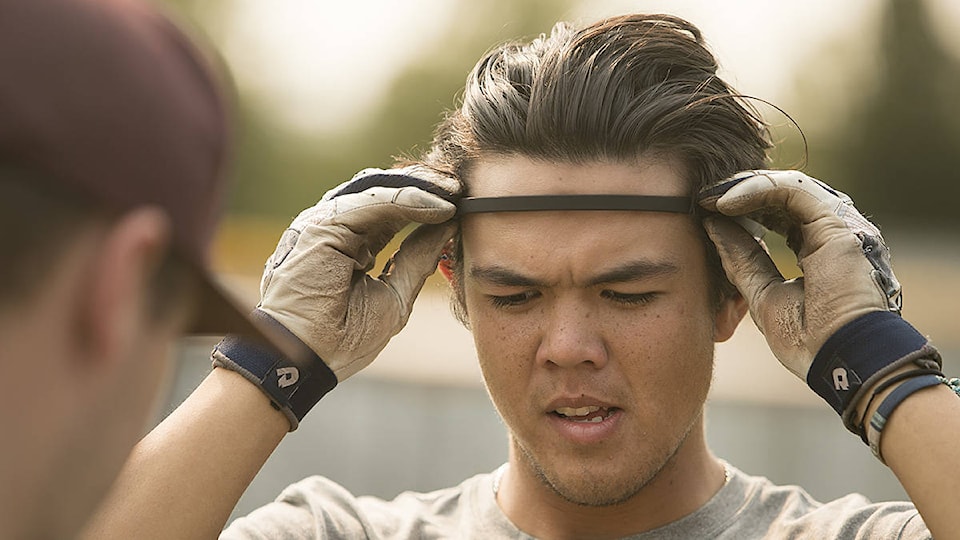When Anthony Pluta is in the zone and steps up to the plate, everything around him disappears.
The roar of the fans turns quiet and it becomes a battle between batter and pitcher.
“You’re in the zone. It’s almost like you’re not in the present. You’re not thinking about anything and everything is just there and easy to see,” said Pluta, who was a third-round draft pick for the Houston Astros in 2000 and continued to pitch for Major League Baseball affiliate organizations in Canada, Japan and the U.S. for 13 years. “When you’re not [in the zone], you over think everything.”
Now, the former professional baseball player-turned-University of Victoria masters student has discovered a way to use new technology to predict how players will perform to bat and quantify when athletes are “in the zone.”
As part of the six-month project, Pluta used a Canadian-made portable electroencephalographic (EEG) headband, which measures brain activity. Participants included members of the University of British Columbia Thunderbirds, the Douglas College Royals and a number of Vancouver and Vancouver Island-based elite high-school baseball players, who strapped on the headband before batting.
Three nationally-certified coaches rated the players based on pitch recognition, form, power and contact with the ball.
What researchers found surprised them.
The higher the batter’s brain activity in the beta range (16 to 30 hertz) — a range typically associated with increased cognition and concentration — the worse they performed during batting practice. Players with lower activity in the beta range hit better during practice, a range associated with a more relaxed state.
“The less that’s going on up there (in your head), the better you are at batting,” said Olave Krigolson, a neuroscientist with the university. ”You frequently tell athletes not to over think things and that would parallel this.”
Knowing which players to put into a game and when is valuable information for coaches as well, said Pluta, an assistant coach with the Victoria Eagles.
“It’s having the ability to say who has the best chance of getting a hit coming off the bench to potentially help me and the team win a baseball game rather than a gut feeling,” he said. “This is something that is present and happening in the moment and gives me an immediate answer of which player to put in.”
But their research doesn’t end there. The duo hopes to expand the project to collect more data and work with teams in a variety of sports to help predict performance.



